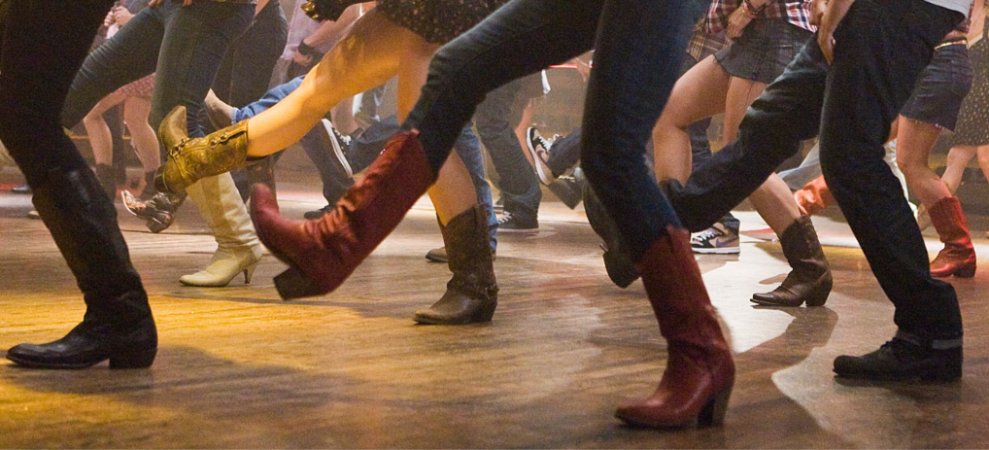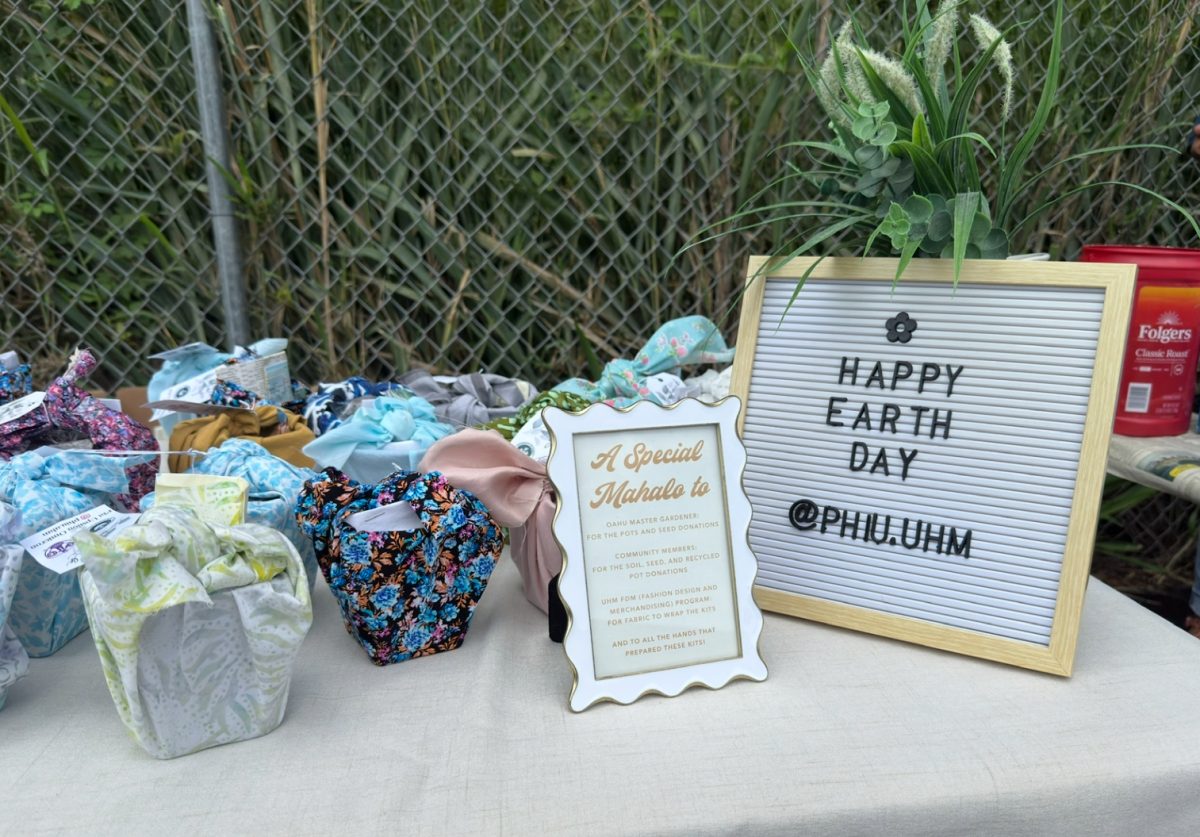Helmets may not be a fashionable accessory for many UH Mānoa moped riders, but a proposed bill would make them mandatory for riders under 21.
Senate Bill 30 proposes raising the minimum age to operate a moped from 15 ½ to 16 and requiring all riders under 21 to wear helmets.
The bill has drawn attention at UH Mānoa, where mopeds are a common mode of transportation. For many students, the proposed changes raise questions about safety, enforcement, and social norms.
“It shouldn’t take a law for something that’ll save your life,” said Sgt. Bryne Nagata of the UH Mānoa Department of Public Safety. “You should want to wear a helmet, just like a seat belt.”
Nagata’s comment reflects a broader concern among campus safety officials. Students are underestimating the dangers of moped travel and while helmets can’t prevent all injuries, they are widely recognized as one of the most effective ways to reduce the severity of accidents.
“I think the helmet law is a really good idea,” said student Stella Nielsen, who commutes to classes by moped. “It would encourage me to wear one, especially since I’ve had a scary experience hydroplaning.”
However, Nielsen acknowledged that helmet use is often influenced by peer pressure.
“It’s not a fashionable thing to do,” Nielsen said. “So I feel almost peer pressured to not wear a helmet when I see everyone else isn’t wearing one.”
For some, like Nielsen, a law mandating helmet use could relieve that pressure by creating a new standard.
“A large number of people who ride mopeds are students,” said Manabu “Robert” Sato, manager at the Moped Doctors repair shop on King Street. “Many are first-time riders, and a lot of them get into accidents, and a lot of them don’t wear helmets.”
Sato emphasized that helmets are effective in reducing head injuries and saving lives, but he also pointed out potential downsides and how wearing a helmet could be a double-edged sword.
“You can’t hear where you’re going as much, or your preferred peripheral vision gets reduced,” said Sato.
For UH student and moped rider Catelyn Coats, the legislation sends an important message. She believes the lack of a helmet requirement contributes to a perception that mopeds are not serious vehicles.
“It seems like the state isn’t recognizing mopeds as a very dangerous vehicle, so riders don’t either,” said Coats.
Concerns over rising injuries and risky behavior among young riders have prompted lawmakers, like Sen. Stanley Chang, to push for stricter moped regulations. Chang, who introduced SB 30, declined to be interviewed for this story.
UH student and moped rider Trevor Hartnett also noted that many students are unaware of the risks. Hartnett believes the lack of formal training or safety education contributes to the problem.
“Freshmen get mopeds without realizing how dangerous they can be,” he said. “There are people walking everywhere, and moped users are kind of oblivious to the fact that they’re driving a vehicle and they could really die or get seriously injured pretty easily.”
Most students purchase mopeds as a quick, affordable way to get around, but Hartnett mentions how few take the time to learn about traffic rules, defensive driving, or the responsibilities that come with operating a motor vehicle.
If SB 30 becomes law, some students have suggested the university offer more guidance during orientation and consider distributing helmets to new riders.
“You’re not invincible on a moped,” Hartnett said. “It’s a lot more serious than people think.”
Categories:
Bill Would Require Young Moped Riders to Wear Helmets
0
More to Discover
About the Contributor

Valentina Lewis, Contributor
Aloha mai kākou, my name is Valentina (Tia) Lewis. I am a junior majoring in journalism at the University of Hawai’i at Mānoa. I was born and raised on the beautiful island of Maui, and I am committed to representing my community and home as I pursue a career in journalism.













